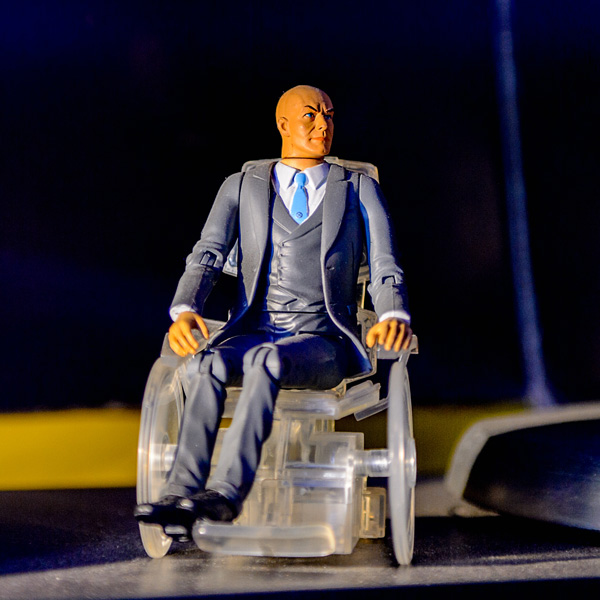Home / News /
The article, “Ways of Knowing: Disability Studies,” explores the changing portrayal of disability in superhero comics. Hosted by Sam Harnett, this episode features insights from José Alaniz, a professor at the University of Washington, specializing in disability studies.
The Golden Age of American comics, during the 1940s and 1950s, marked a period where comic book villains often exhibited disabilities. According to Alaniz, this trope reflected societal views, linking physical differences to being a villain. Examining titles like “The Angel and the Case of the Armless Tigerman,” the episode illustrates how disabilities were used to villainize characters. Villains, such as the Armless Tiger Man, were portrayed as grotesque figures due to their physical differences.

Charles Xavier, X-Men (Adobe Stock)
Transitioning to the Silver Age in the 1960s and 1970s, major comic publishers like Marvel and DC Comics introduced heroes with disabilities. Characters like Daredevil, Batman, and Spiderman showcased a shift from disability as a trope for villains to becoming a defining characteristic for heroes. Superheroes like Daredevil and members of the X-Men demonstrated a more nuanced approach to differently abled bodies. Disability was no longer a tool for villainizing characters; instead, it humanized the heroes. “The Thing” from the Fantastic Four exemplifies a hero struggling with abilities and societal challenges due to physical appearance.
Alaniz’s work in disability studies challenges the notion that disabilities need fixing. The episode emphasizes that superheroes traditionally denied disability. “Ways of Knowing: Disability Studies” provides an exploration of how superhero comics have evolved in their representation of disability. It sheds light on societal attitudes and the journey from villainization to humanization in the world of comics.
Read the full article: “Ways of Knowing: Disability Studies” on UW News.


